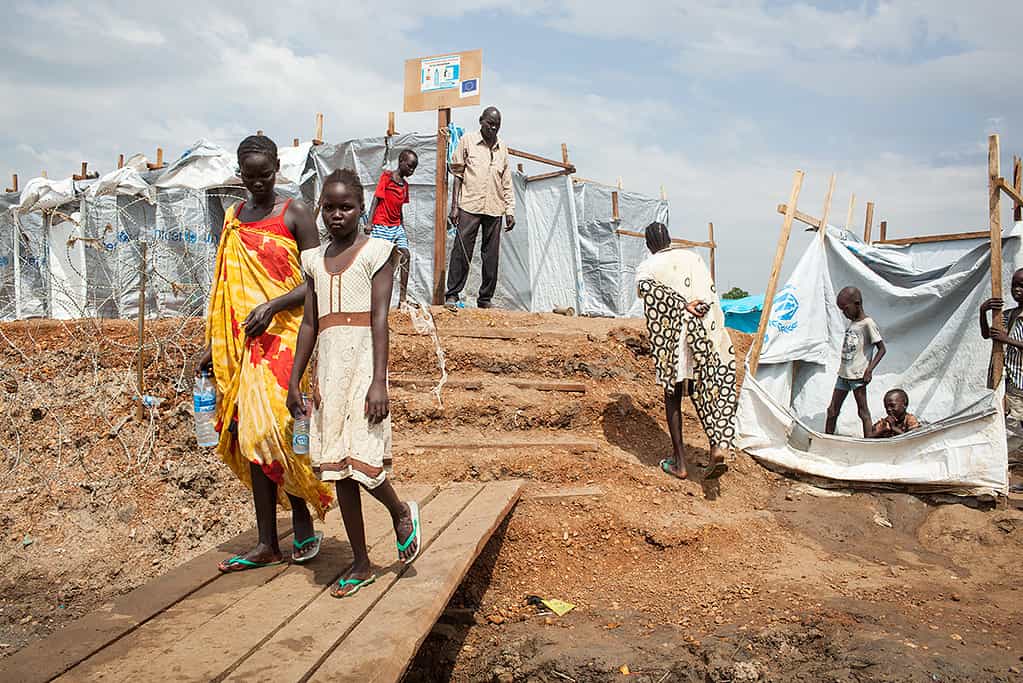nordic-circus.org – South Sudan, which gained independence from Sudan on July 9, 2011, is the world’s newest country. However, its journey since independence has been fraught with challenges, making it one of the poorest nations globally. This article explores the factors contributing to South Sudan’s poverty and its ongoing struggles.
A Tumultuous Start
South Sudan’s path to independence was marked by decades of civil war and conflict. The country’s birth was celebrated with hope and optimism, but the reality has been far from ideal. The Republic of South Sudan faces numerous challenges, including political instability, economic stagnation, and widespread poverty.
Economic Challenges
Despite being endowed with abundant natural resources, including oil, South Sudan’s economy remains one of the most underdeveloped in the world. The country’s GDP per capita is among the lowest globally, standing at $455 in 2024. The economy is heavily dependent on oil, which accounts for 98% of government revenue and 80% of its GDP. However, ongoing conflicts and political instability have severely impacted oil production, further exacerbating economic difficulties.
Political Instability
South Sudan’s political landscape is characterized by frequent conflicts and power struggles. The civil war that erupted in 2013 has had a devastating impact on the country’s development. The conflict has led to the displacement of millions of people, both internally and as refugees in neighboring countries. The peace agreement signed in 2020 has brought some stability, but the situation remains fragile, with sporadic violence continuing to plague the region.
Humanitarian Crisis
The humanitarian situation in South Sudan is dire. Over 82% of the population lives below the international poverty line, and the country faces severe food insecurity. In 2024, it is estimated that over 7.1 million people, or 57% of the population, will face crisis levels of food insecurity. The country also struggles with high rates of illiteracy, with only 27% of the population being literate.
Natural Disasters and Climate Change
South Sudan is increasingly vulnerable to natural disasters and the impacts of climate change. The country has experienced severe droughts and floods, which have further strained its already fragile economy and food security. The shifting weather patterns have had a significant impact on agriculture, the primary source of livelihood for 95% of the population.
Conclusion
South Sudan’s journey since independence has been marked by significant challenges. Despite its rich natural resources, the country remains one of the poorest in the world, grappling with political instability, economic stagnation, and a severe humanitarian crisis. Addressing these issues will require sustained international support and a commitment to peace and development from within the country.
